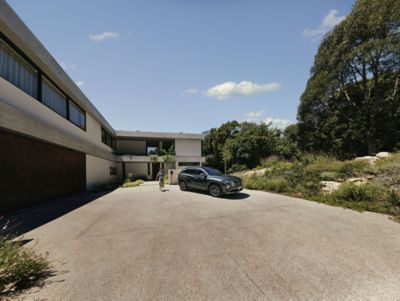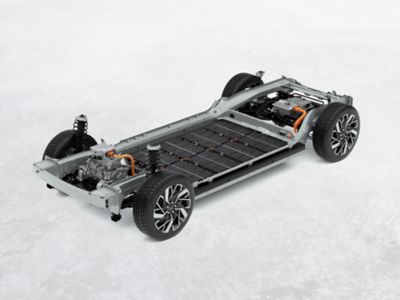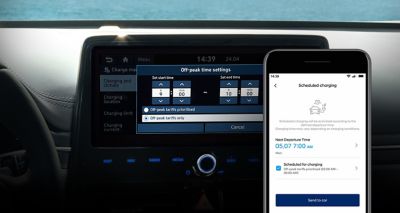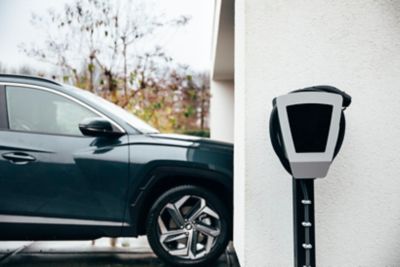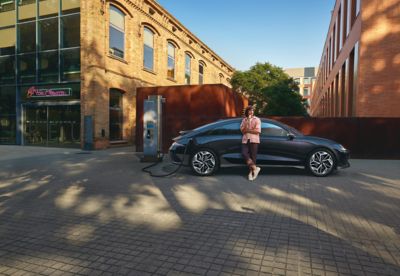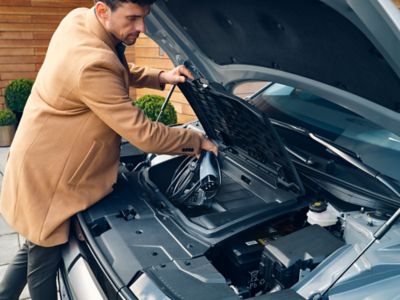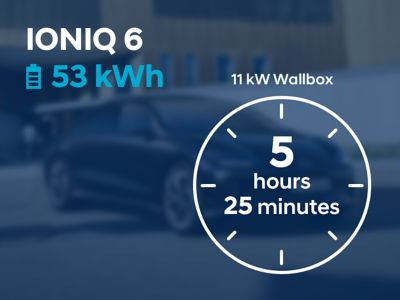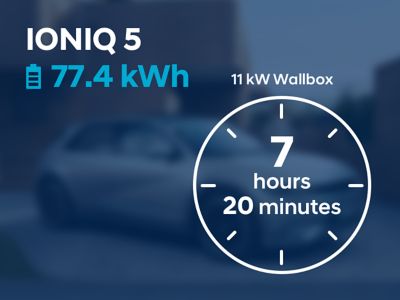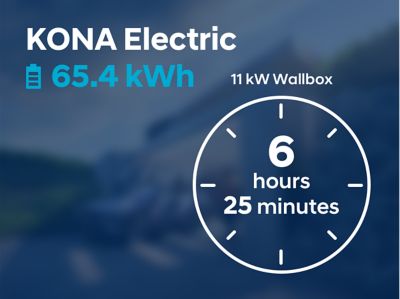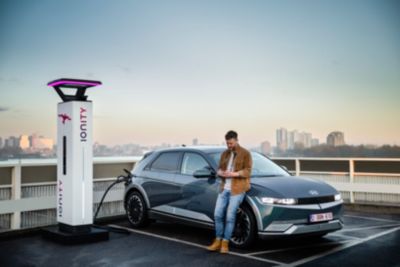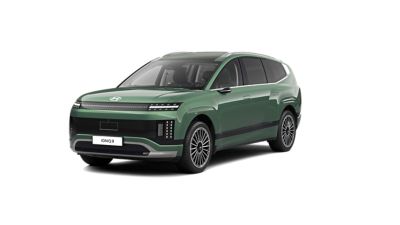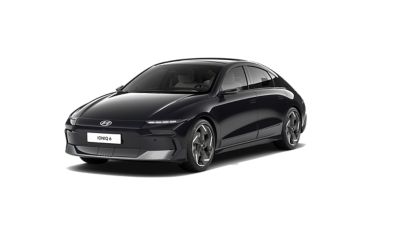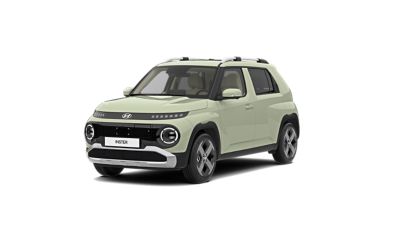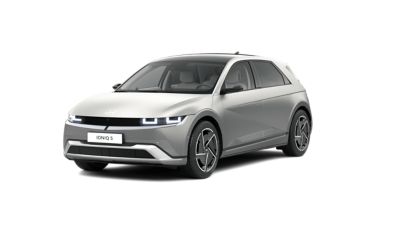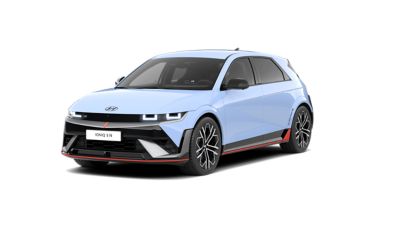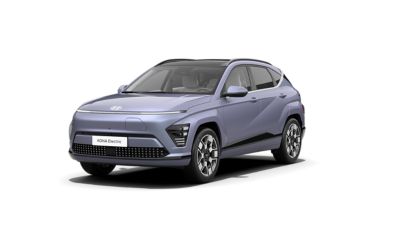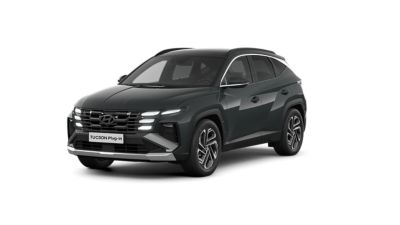Charging at home.
For more convenience and faster charging at home, you should have a dedicated home charger, also known as a wallbox installed. These units are fused independently from the household circuit, and can be used any time of day or for overnight charging.
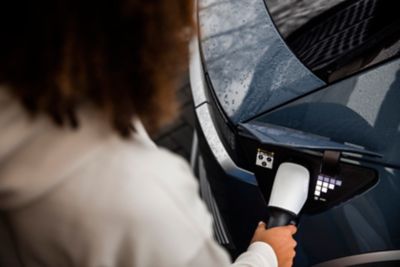
Wallbox
Wallboxes are more than boxes on a wall.
One charging station is not like the other.
Do you need all the power you can get?
The power of wallboxes installed in private households ranges from 2.3 to 22 kW, depending on the car and the building's electric circuit.
It’s simple math.
Larger electric vehicle batteries take longer to fully charge and higher wallbox power means faster charging. When it comes to the power of a wallbox, all of the following factors will be considered:
The power of the on-board-charger of your car.
More powerful on-board-chargers can receive higher inputs from the wallbox, shortening charging times.
Your car's total battery capacity.
Higher capacity batteries take longer to fully charge. More wallbox power means quicker charging.
The building's power supply (circuit size).
The amount of power the building's electric circuit can provide may limit the amount of power the wallbox can deliver, limiting the charging speed.
A qualified electrician knows how to figure those numbers out for you.
Find your wallbox.
Charging times
Charging times of our electric vehicles.
Cables & Plugs
When charging at home.
Discover more about our electric vehicles.
Discover our electrified vehicles.
*Range shown is according to WLTP combined cycle. Driving range may vary slightly depending on road conditions, your driving style and the temperature. It is also is dependent on the type of tyres equipped. Technical data not final.
** Charging time is based on charging with on 32A wallbox and 3.3 kW OBC. Charging times may vary depending on available charging conditions, including charger type and condition, battery temperature and ambient temperature at point of use.
*** This model is not yet available for sale. Official technical data and range of this model are pending final homologation.
